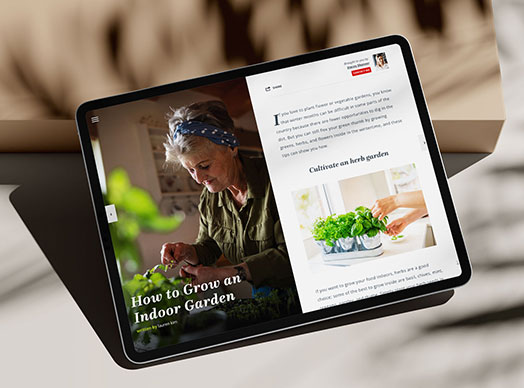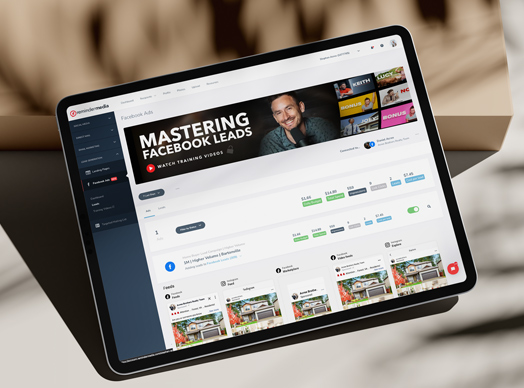Texting with your prospects is a smart, effective way to build relationships and stay in touch in a casual manner. When deciding exactly how to approach a text to a prospect, there are a few crucial things to consider. This approach can seem stressful to navigate at first, but, by implementing these tips. you’ll grow more comfortable in your professional text interactions.
Ask permission.
First and foremost, you absolutely must ask for permission before trying to approach a prospect via text. For the most part, texting is reserved for more casual social interactions throughout the day. Ask politely, and let them know it’s something you do with most of your clients for the sake of speed and convenience. In most cases, the prospect won’t object, and you’ll have the green light to go ahead and text them.
Know the code.
Part of the beauty of texting your prospect is the casual nature of doing so. Make sure this isn’t something you take for granted. Text them during normal business hours, and keep it professional. No one needs a casual “good morning” text from their real estate agent. Instead, send relevant information their way around the midpoint in the day to generate a much more positive response. Texting is also useful for scheduling a phone call for later in the day or week, but not for long, detail-oriented conversations. If you send a message that requires their full attention with documents attached, choose email instead.
Write properly.
While your texts don’t need to be carefully formatted with a formal opening and signature; keep the tone professional. Leave the emojis and acronyms behind and keep your text short. If the message runs longer than 3-4 sentences and asks more than one thing question, it’s best to schedule a phone call instead. Additionally, always proofread for spelling and grammar issues before you send the message. It’s easy to make small errors in a text, so don’t let that get in the way of you sending a clear message.
Texting is becoming an increasingly acceptable way to reach out professionally. Using it as a tool to build and maintain relationships with prospects (and, eventually, clients) will keep your line of communication active and diverse—so long as you use it correctly.

















